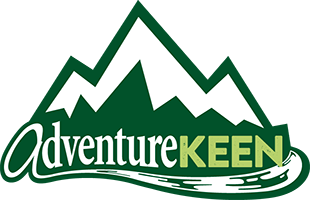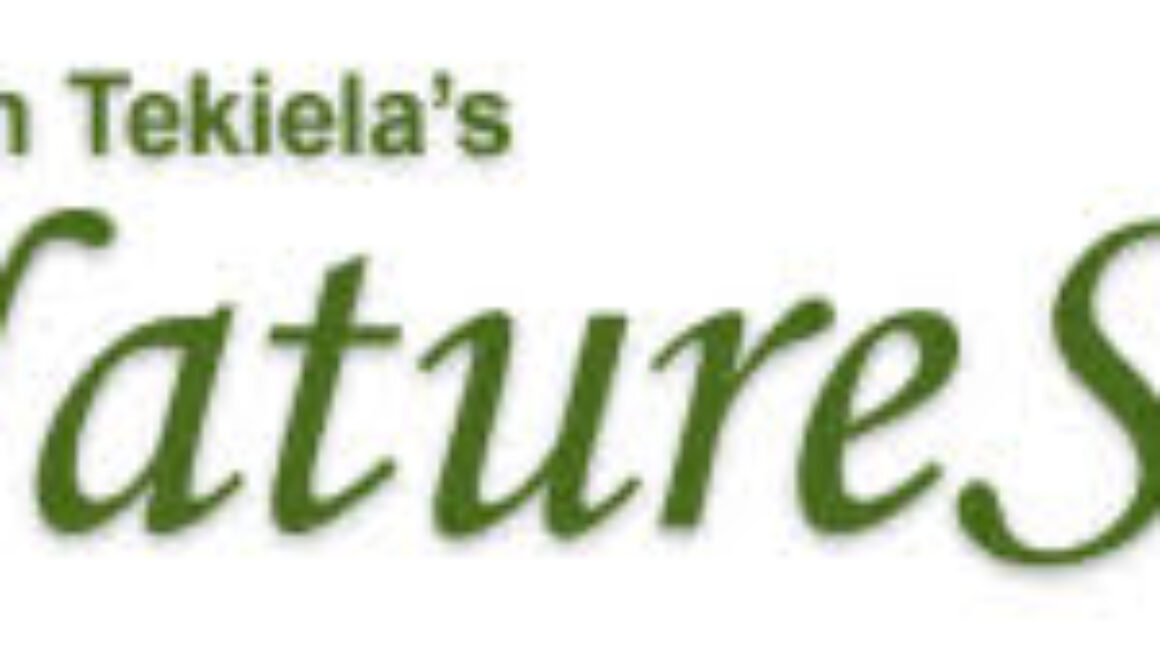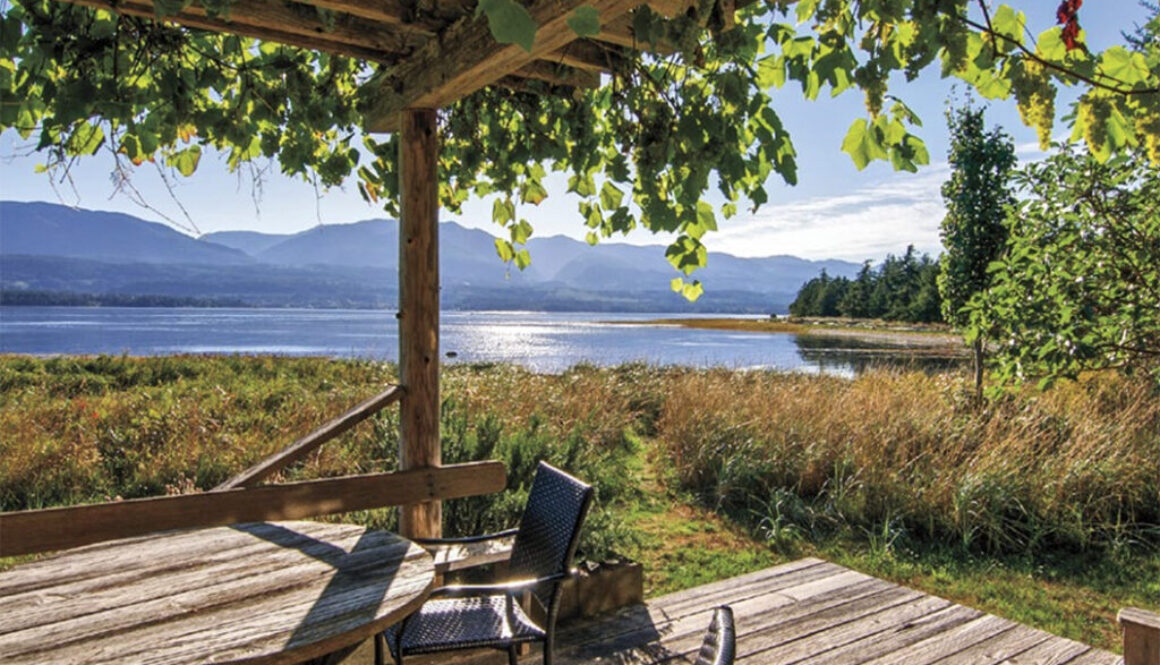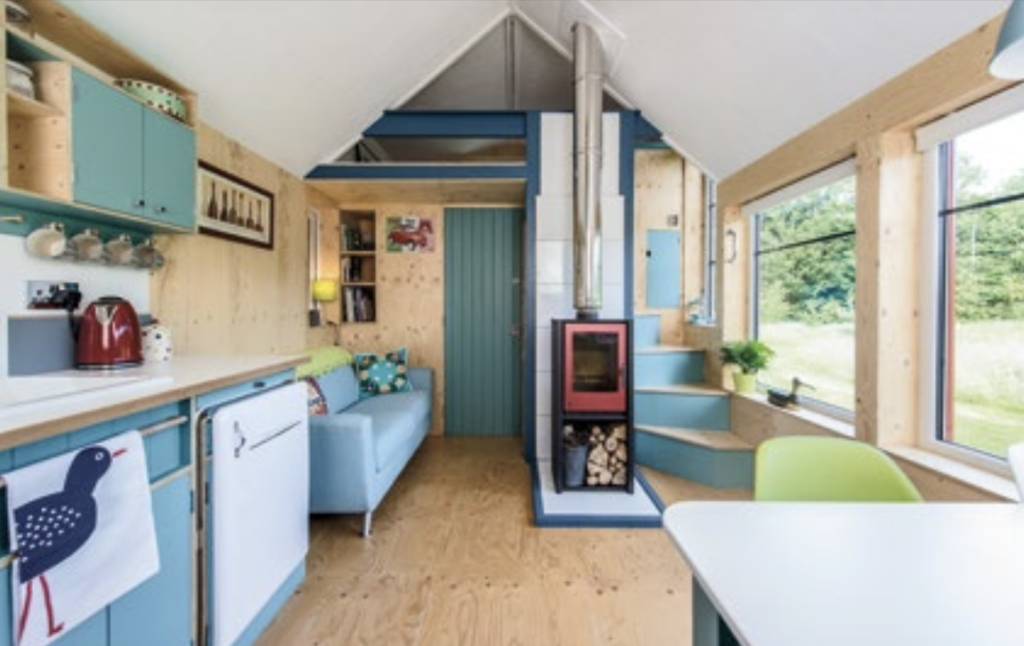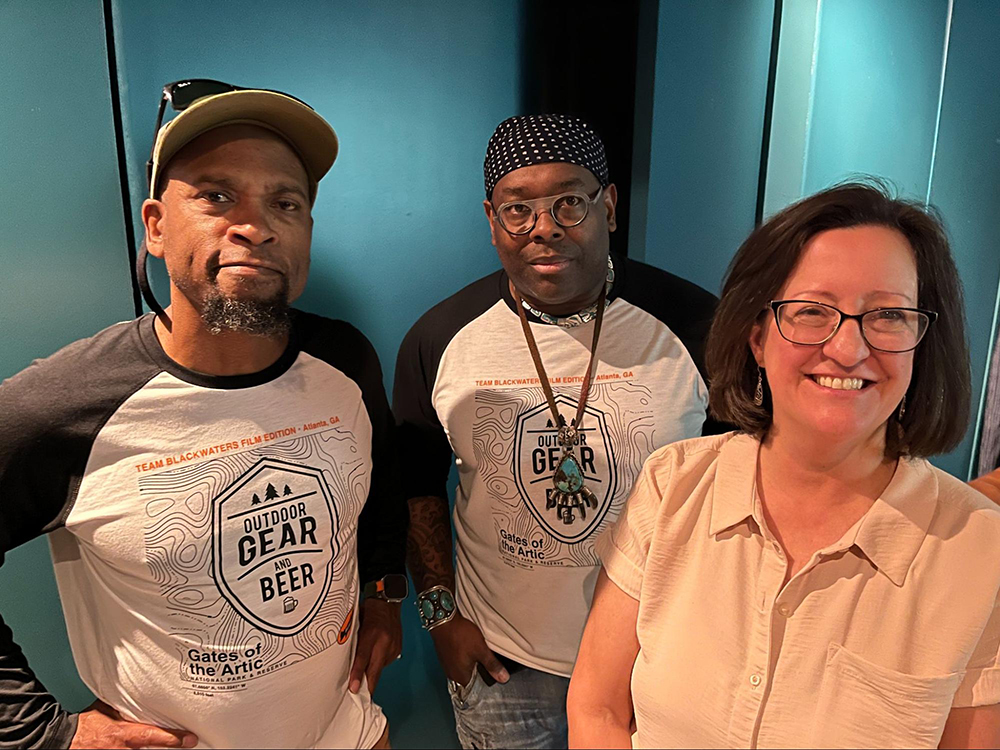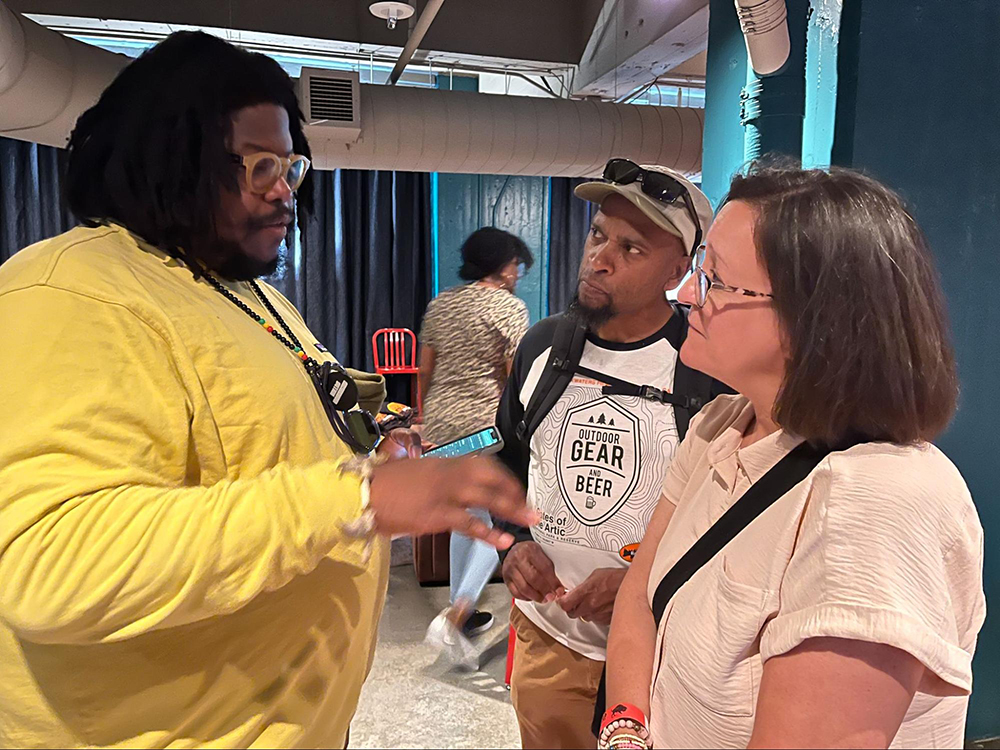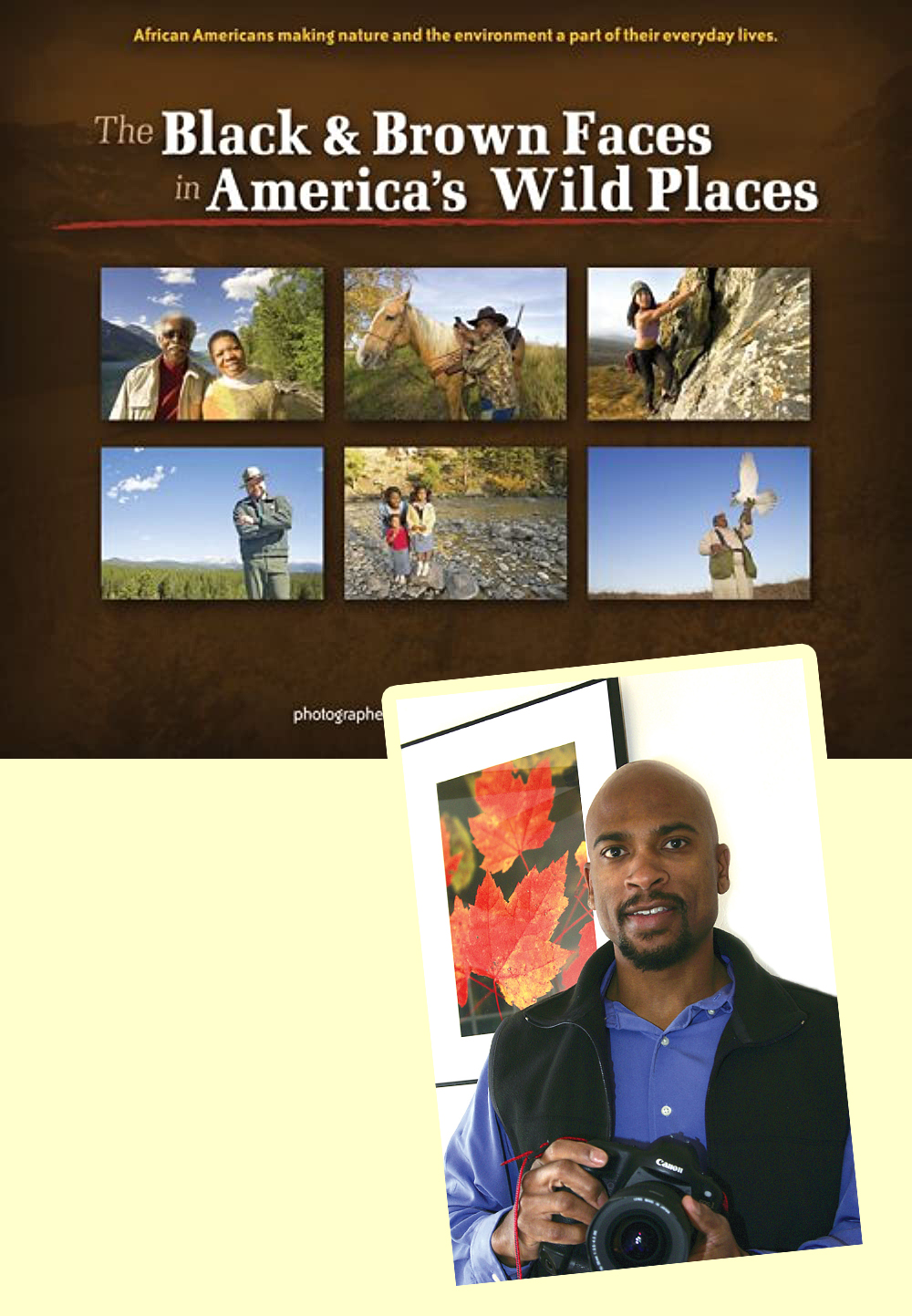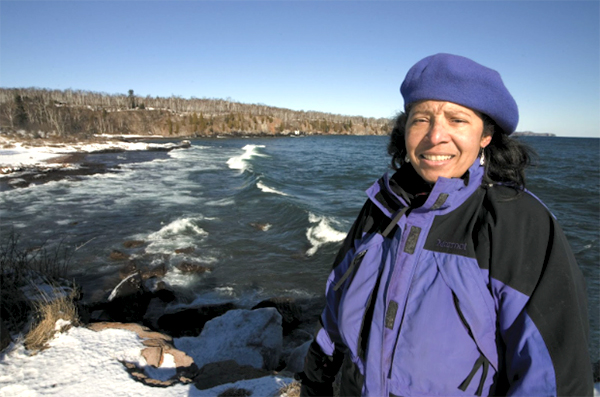Exciting New Nature Books from Stan Tekiela: Birds, Nature Smart, and Field Guides to Reptiles and Mammals!
Exciting New Nature Books from Stan Tekiela: Birds, Nature Smart, and Field Guides to Reptiles and Mammals!
Renowned naturalist and author Stan Tekiela is launching several new books—perfect for exploring the Midwest and beyond. Get the scoop on these upcoming releases, including the latest addition to the Kids’ Guide to Birds series, Nature Smart, Reptiles & Amphibians of the Midwest Field Guide, and two from the Mammals series.
Kids’ Guide to Birds Series: Now Featuring Virginia!
Stan’s popular Kids’ Guide to Birds series expands this season with the Kids’ Guide to Birds of Virginia, releasing in October 2025. This series is beloved for making bird-watching fun and accessible for young explorers and their families.
What’s New in the Virginia Edition:
- 86 of the most common and important Virginia birds
- Organized by color for quick-and-easy identification
- Full-color photographs and a full page of information for each species
- Field marks, range maps, and Stan’s cool facts
- Fun activities like building birdhouses and making bird food
With the addition of Virginia, even more families can enjoy bird-watching adventures and learn about their state’s feathered friends.
Introducing Nature Smart
Nature Smart: Midwest: Discovering the Natural World Around You will captivate readers with its immersive exploration of the Midwest’s prairies, wetlands, and woodlands. Stan’s engaging, science-based storytelling and practical advice make this book a must-have for families, educators, and anyone eager to become a more mindful naturalist.
Key Features:
- Multisensory approach to nature exploration
- Activities and tips for all ages
- Focus on Midwest ecosystems and conservation
- Inspires curiosity and environmental stewardship
Nature Smart: Midwest is the perfect starting point for anyone wanting to see nature through new eyes and become an active participant in environmental preservation.
Reptiles & Amphibians of the Midwest Field Guide
Releasing in June 2026, the Reptiles & Amphibians of the Midwest Field Guide is your essential companion for identifying turtles, snakes, lizards, frogs, toads, and other reptiles and amphibians across the Midwest.
Highlights:
- Over 130 species found in Illinois, Indiana, Iowa, Kansas, Kentucky, Michigan, Minnesota, Missouri, Nebraska, North Dakota, Ohio, South Dakota, and Wisconsin
- Organized by group and size for quick, accurate identification
- Full-color photographs, including variations, bellies, and juveniles
- Detailed range maps and croaking charts
- Stan’s Notes with fascinating facts and natural history
Whether you’re a beginner or an experienced fan of herpetology, this new series will help you confidently identify and appreciate the Midwest’s diverse reptile and amphibian life.
Mammals Field Guides: Now Featuring Regions!
Coming in June 2026 are Mammals of the Midwest Field Guide and Mammals of the Northwest Field Guide. These new additions make mammal identification simple and enjoyable, whether you’re in the woods, fields, or your own backyard.
Series Features:
- 100 species of mammals
- Organized by family and size for easy reference
- Professional photos, range maps, and track patterns
- Facts about size, habitat, range, young, and more
- Stan’s naturalist notes and fun facts
The Mammals series is ideal for nature lovers, families, and educators eager to learn about local wildlife and animal tracking.
Quick Reference Table: Stan Tekiela’s New Releases
| Book Title | Release Date | Key Features |
| Kids’ Guide to Birds: Virginia | October 21, 2025 | 86 birds, color-coded, activities |
| Nature Smart: Midwest | April 7, 2026 | Ecology, activities, practical tips |
| Reptiles & Amphibians Field Guide | June 9, 2026 | 130+ species, photos, maps, croaking charts |
| Mammals of the Midwest Field Guide Mammals of the Northwest Field Guide | June 9, 2026 | 100 species, tracks, photos, range maps |
Frequently Asked Questions
Who is Stan Tekiela?
Stan Tekiela is a leading naturalist, wildlife photographer, and author of over 190 field guides and nature books, specializing in North American wildlife.
What makes Stan Tekiela’s field guides unique?
Each guide features user-friendly organization, full-color photographs, detailed range maps, and practical tips for accurate identification—making them ideal for beginners and experts alike.
Are these guides suitable for families and children?
Absolutely! Each series is designed for accessibility, with clear language, engaging photos, and practical tips for all ages.
Why Choose Stan Tekiela’s New Nature Books?
- Expertise: Decades of experience as a naturalist and wildlife photographer
- Region-Specific: Focused on the Midwest and Virginia, plus many more
- Visual Learning: Stunning, accurate photography and easy-to-read maps
- Family-Friendly: Activities, fun facts, and clear organization for all ages
Get Ready to Explore with Stan Tekiela
Don’t miss out! Whether you’re planning a family hike, a solo adventure, or a classroom project, Stan’s new guides will help you discover and identify the amazing wildlife of your region.
Pre-order today, share this post with fellow nature lovers, and subscribe for more updates on the best new field guides and nature books!
For more information, visit Stan Tekiela’s official author page or check with your favorite bookseller for pre-order options.
